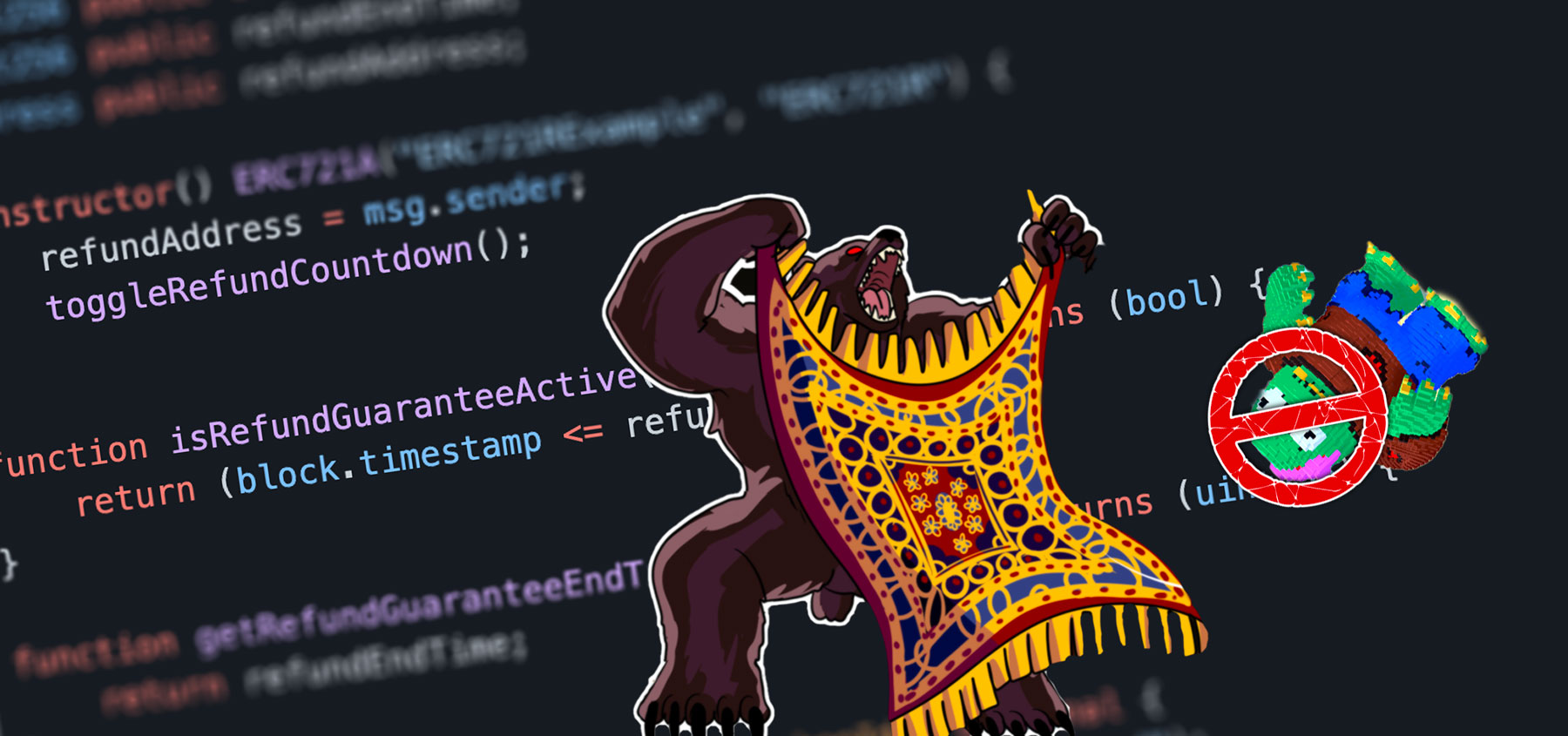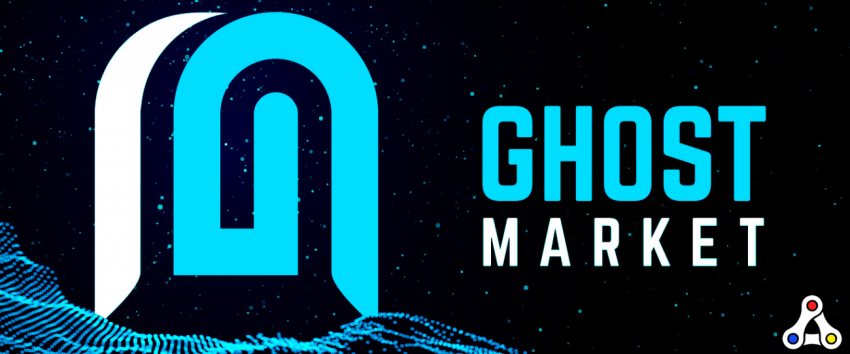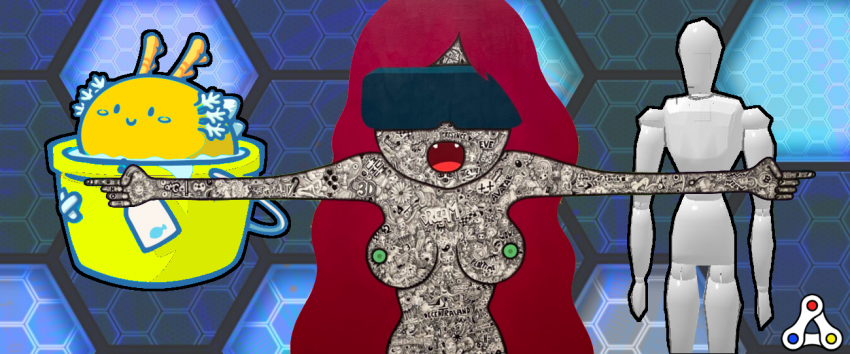The NFT ecosystem has to face a lot of criticism, especially from people who are not so familiar with the space and traditional gamer. And some of their arguments are valid. Rug-pulls, deceiving reveals (Pixelmon, we remember you), and teams abandoning projects are still way too common in the space. NFT investors deserve some protection, and this is what the team developing the ERC721R standard is trying to achieve by enabling buyers to get a refund of their purchase if not satisfied. Let’s have a deeper look at this promising new technology.
Introduced by the Crypto Fighters team, the new ERC721R standard is a smart-contract update that allows buyers to request a refund for the NFT they minted within a given time period. This simple trick has many benefits, for the buyers, of course, but also for projects who can prove that they are committed and believe in their projects.
Basically, after an NFT including this standard is minted, the buyer can send back the NFT to the smart contract and will automatically get a refund, no questions asked. This will make rug-pulls harder to pull, and also lower the risk for the buyers who can decide that they do not like the direction in which the project is going post mint.
Another side-effect of this standard is the protection of floor prices. At the moment, many buyers unsatisfied with the NFT they minted simply dump them on the open market at low prices. With ERC721R, they would just get their initial investment back, keeping open-market floor prices higher.
This new standard brings up two main concerns though. First of all, with every new technology standard, there is a security risk. Here the smart-contract code is pretty straightforward and completely open-source. The source code is available on git-hub, and many eyes are already looking at this, and no major flags were raised so far. The code is rather simple and adding it to existing NFT smart contracts is pretty simple.
The second concern is that users might use this feature to game the system. Let’s say that you minted a common NFT and that you are not happy with that. You could request a refund and mint again until you get that epic NFT you were hoping for in the first place. The developers behind the project actually think that it is actually a great thing, and here are 3 reasons why they think so.
- The floor price is far above the mint price. For example, the mint price was 0.1eth and the floor price is now 0.2eth. There’s no reason to refund as you can sell on secondary markets for a higher price instead.
- The floor price is around the mint price. For example, a mint price of 0.1eth and a floor price of 0.12eth. In this case, it may make sense to refund if you don’t believe in the project. This isn’t a bad thing.
- A floor price far below the mint price. Many projects mint out and within a week their floor is half the mint price. This is unlikely to happen in ERC721R projects. Instead of dumping non-rares and crashing the collection floor price, flippers can return the NFT. This is extremely healthy for the project. Both for buyers and for creators. The market is discovering the correct market cap of the project and signaling that the initial supply of tokens or mint price was too high.
We invited Elie Steinbock, the main developer behind the ERC721R project, to our Play-to-Earn weekly show on YouTube and discussed with him the pros and cons of this new technology.
Projects already using ERC721R

A few projects already started using this standard. Crypto Fighters Alliance and Exodia Analytics were the first, of course, as Elie is the co-founder of both of these.
Curious Addy’s trading club, a game designed to make it fun and effortless to learn about NFTs and crypto, is also integrating the standard. And so is Podium, a launchpad for content creators.
Developers who wish to try it out and integrate ERC721R in their projects can get in touch with the team and join the list of projects using the standard. More info on erc721r.org.
Final Thoughts
ERC721R is a promising new tool and we hope that it will gain traction. It would give more confidence to projects using this standard and if widely used, it would ease the onboarding of new users in the ecosystem. Let’s see how things develop and how developers and users will welcome and embrace this new technology.





